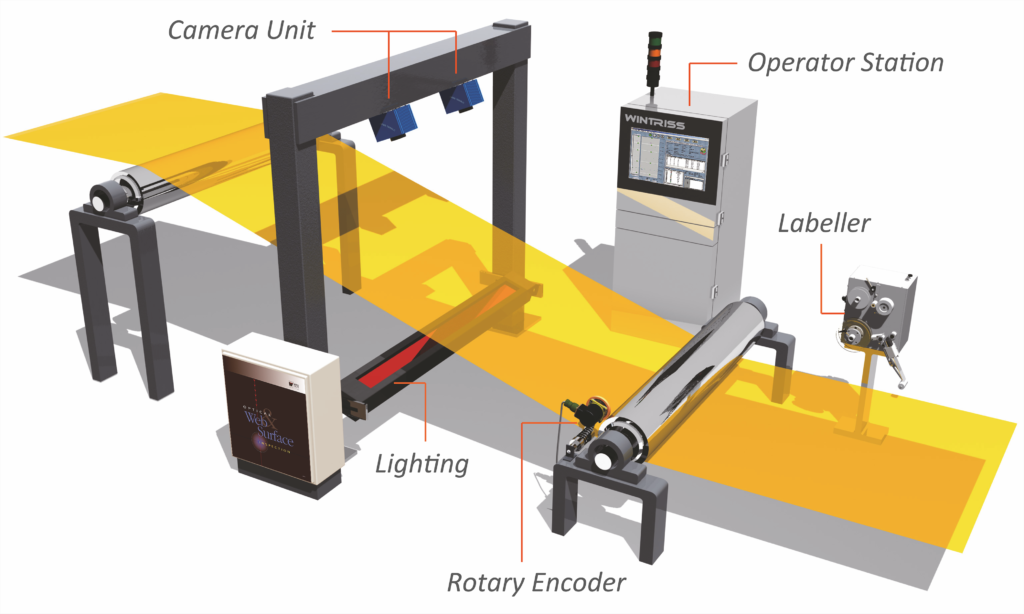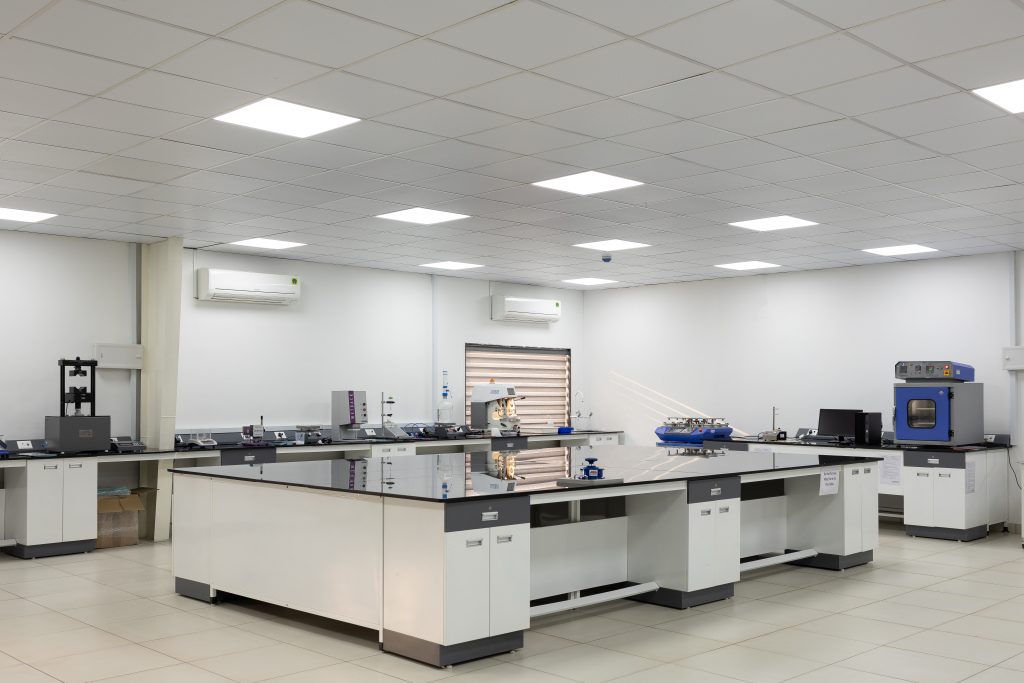Quality
Quality Policy
Quality Performance is a commitment to excellence by each Vision employee. This means that every employee at Vision is committed to delivering high-quality products which is achieved through teamwork, where our employees work together and collaborate to ensure that all products meet the required standards. Vision focuses on the road of knowledge transformation and continuous improvement by incorporating new technology and optimizing procedures. Our customer-centricity provides product quality consistency and defect-free end-products that meet or surpass customers’ evolving needs.

Online Monitoring - Surface Inspection system
The Surface Inspection system is designed for online monitoring of web widths up to 1800 mm at speeds of up to 600 m/min. It is suitable for use with spunmelt composites in a range of basis weights from 8 to 80 GSM. The system is capable of detecting a range of defects including drops, micro drops, blowback, eyebrows, loose filaments, folding, creases, insects, and foreign particles. It has a sensitivity of 0.5 mm for spot defects and 0.4 mm for string-like defects. Additionally, it can detect dark spots greater than 2 mm, holes greater than 0.5 mm, strings greater than 15 mm, thin spots greater than 1 sq. cm, and wrinkles greater than 50 mm.
Offine Monitoring – Quality control department
Material Inspection & Testing
Incoming material inspection and testing involves evaluating the quality of raw materials, packaging materials, and finished products. Raw material tests, such as moisture and melt flow index (MFI) tests, are used to ensure that the materials meet the necessary specifications and are suitable for use in the production process.
Fibre Testing – Fibre Denier
To test the denier of fibres, a sample of the fibres is collected and a measurement of their diameter is taken. This can be done using a variety of techniques, such as microphotography, laser diffraction, or manual measurement with a microscope or other specialized instrument. The resulting measurement is then expressed in denier units, which are typically abbreviated as “d.”
Packaging Material Tests
Packaging material tests, such as tests for paper cores, cardboard, and stretch film, help to ensure that the packaging materials are strong and durable enough to protect the finished product during shipping and handling
Fabric Testing
Fabric testing involves evaluating the physical properties of fabrics, such as their weight (gsm), tensile strength, elongation, thickness, air permeability, water resistance, and abrasion resistance, as well as their philic properties, such as strike through, wet-back, run-off, and add-on (OPU%). Medical property testing may also be performed on fabrics to evaluate their ability to resist water, blood penetration, and water impact penetration.

